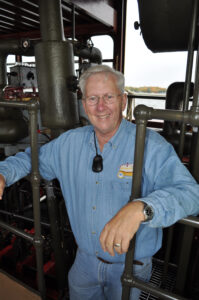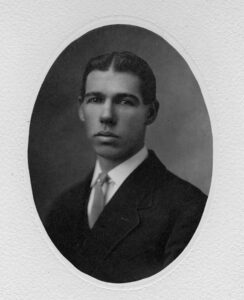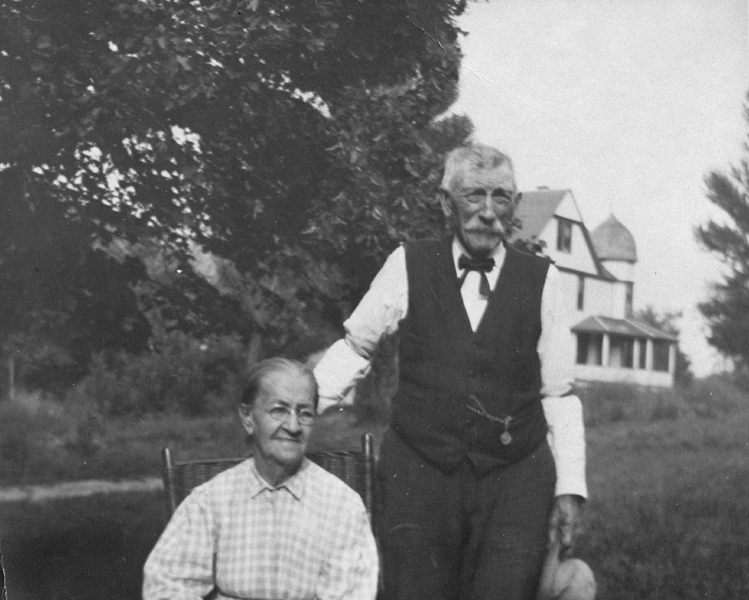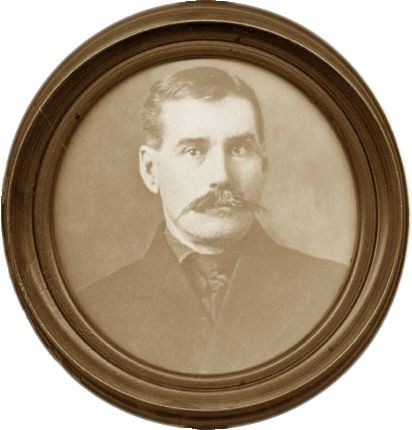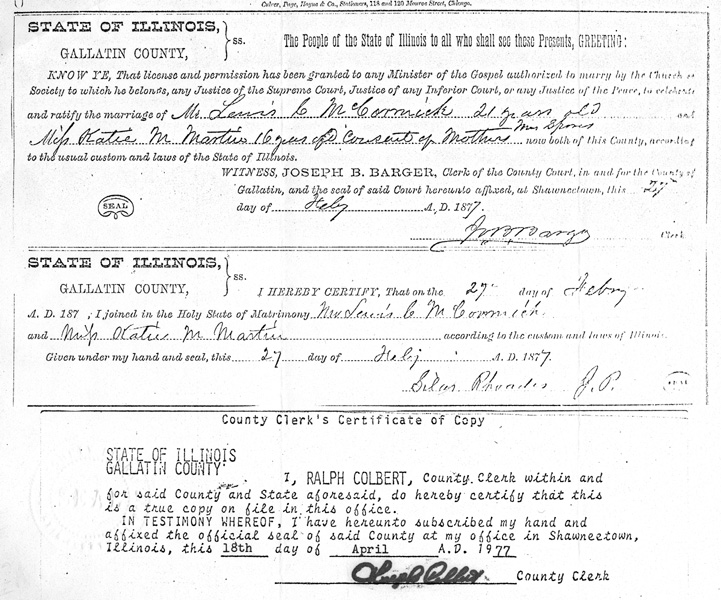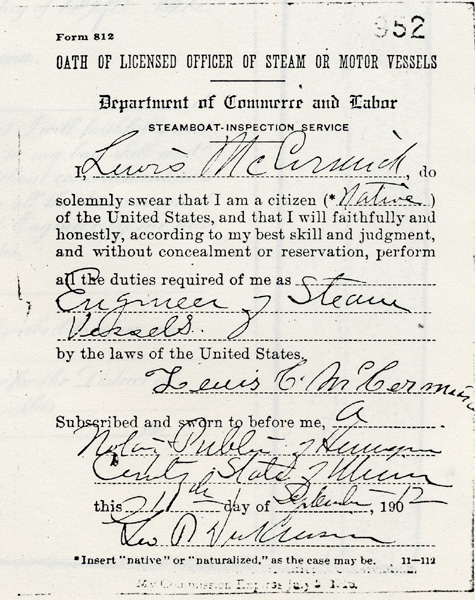By James Vair
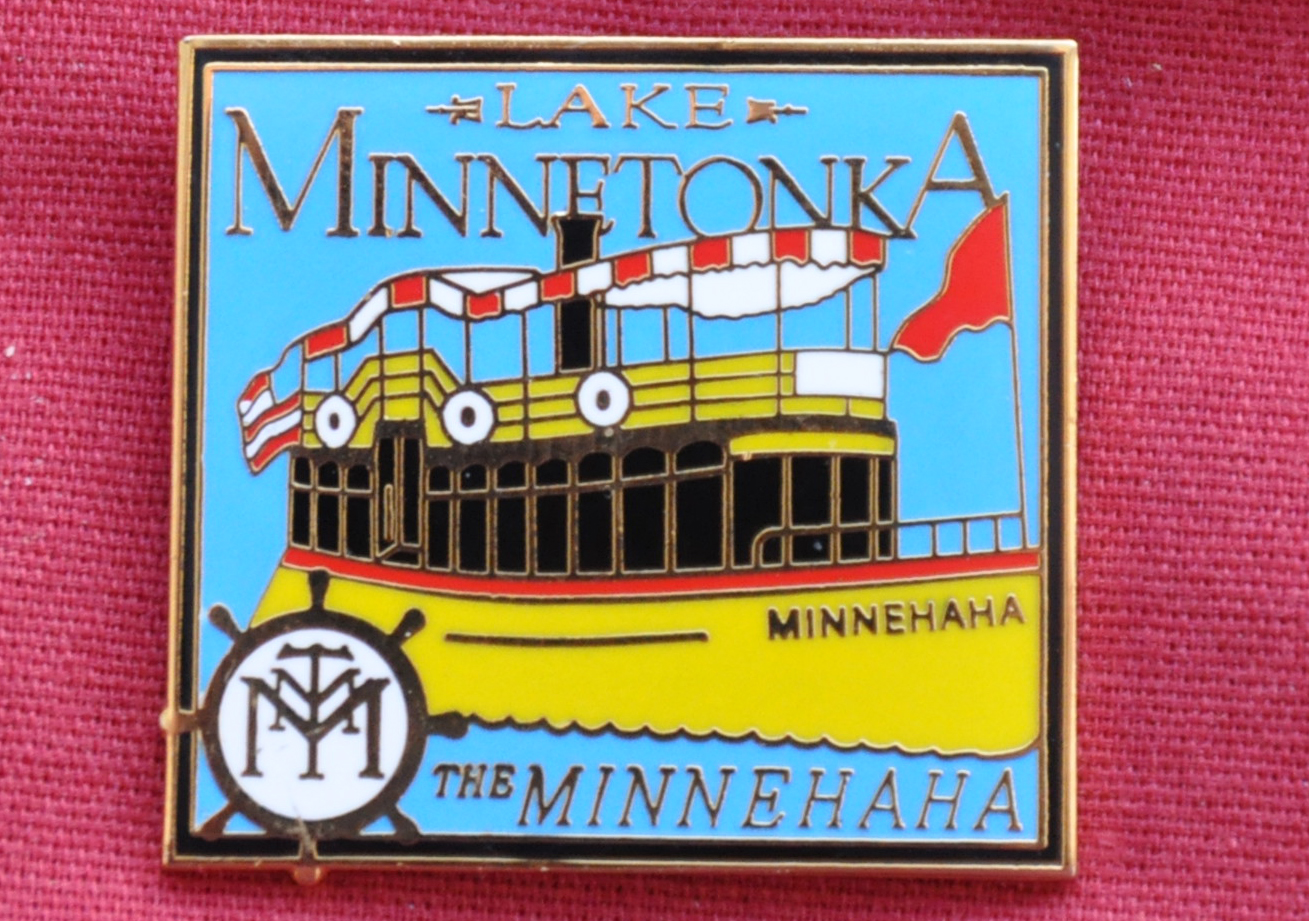
From avid accumulators to their casual counterparts, the process of amassing items with a shared theme is a near universal experience. It’s an activity that can transcend generations and all types of interests and backgrounds. Since virtually everything has the potential to be collected, the sky truly is the limit. Some items like stamps, currency, comics, and stuffed animals will forever be synonymous as popular collector’s items. Regardless of the size and shape of a collector’s prized possessions, however, there is always a story behind what motivated him to begin collecting.
Donimik Sasim of Warsaw, Poland is by no means an exception. For more than five years, Sasim has been accumulating museum pins and badges from across the globe. The Museum of Lake Minnetonka first heard his story last summer, when he requested that we send a little piece of the lake to him. According to his most recent count, Sasim’s collection has approached nearly 1,500 unique pieces, nearly half of them being from outside of Poland.
Like many things, Sasim’s current collection began while working on a previous project.
“My hobby began with the collection of post stamps together with my father,” Sasim explains in an interview with Concord’s Point Lighthouse in Maryland (to which he had also requested a pin). “Later I switched to badges and label pins from various museums.” A museum’s location or specialty doesn’t deter Sasim. “My collection expands mainly thanks to exchanges with other collectors as well as via internet auctions. My friends and colleagues also remember my hobby and often bring these small souvenirs for me from their domestic or international voyages. Additionally, I often visit museums myself in search of new gadgets for my collection.”

